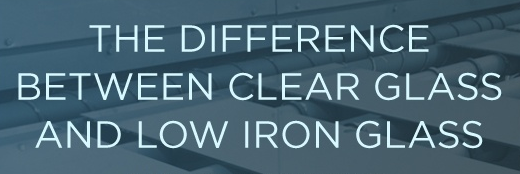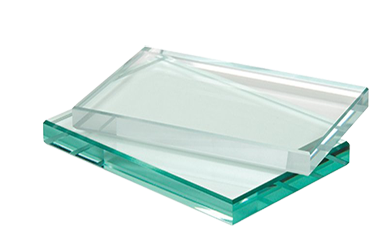The smaller the piece, the less amount of typical green cast is visible to the naked eye. The larger the piece, the greater the cast.
Low-iron products are referred to by a number of different product names. Some of the most common names include: Starphire, Krystal, and Optiwhite. These names are presented by the manufactures, and as previously stated each manufacturer may have a slightly different color cast.

